Piston Slap: Crystal Clear Thoughts on Headlight Upgrades

TTAC Commentator flipper35 writes:
I have a 2000 Dodge Durango ( wrote about the brakes on it before, all is good with them) and the lights are not the greatest. After replacing the passenger side due to a deer ramming its butt into it, its headlights no longer match. I’ve looked on several Mopar forums and there doesn’t seem to be any consensus on which lights are good — but they can all agree on what is crap.
So, I am willing to spend $300 on a proper headlight upgrade if that’s what it takes. I see a few conversions where you bake the headlights at low temp to release the glue and then put bi-xenon with the flappy shield in with the ballasts and wiring kit. They sound reasonable but there are some other projector-style lights out there that would be less work if they are focused and aligned properly. I’m mechanically inclined but with family and other projects I would rather spend less time on these and more time on replacing stuff like the worn grommets on the electric seat adjustment screws and such. (At 190,000 miles, it needs front suspension bushings, too.)
(UPDATE: This Article was corrected in a newer post.)
Sajeev answers:
While a 2000 Dodge Durango isn’t the easiest application for headlight upgrades, there are options aside from the non-DOT legal, light-up-every-rooftop-in-your-neighborhood kits found online. Your Durango’s 9007 headlights can easily follow the path of my 1988 Cougar’s 9004 upgrade, which was a stunning improvement. Hence my recommendation:
- Install new headlight assemblies (i.e. with perfect lenses and reflective coatings inside) of the DOT-legal variety. Surprisingly, these units are both legal and have the “crystal” complex projector look of newer vehicles. Very nice, and only $140-ish of your $300 budget.
- Upgrade your 9007 bulbs to a superior model that’s still DOT legal. I recommend the GE Nighthawk Platinum series, but Philips X-tremeVision has good options, too. Either will be $30-ish via Amazon/eBay.
- Last bit is the toughest: Install headlight relays with larger gauge wires for maximum bulb output. Note the sixth reply on this post. I ponied up the cash for Daniel Stern’s relay kit and used leftover wire from Home Depot. All the good quality stuff should be $100-ish total, then budget several hours for installation.
Adding it up? You’re under the $300 budget, the headlight’s beam will be significantly fatter/brighter, and it’s all DOT legal.
The headlight assemblies in my hyperlink are my favorite as they don’t mess with the original stylists’ vision but add some flare via complex reflector projectors. While it’ll never impress the showboating crowd, it’s worth the cash and you’ll enjoy looking back at your handiwork every time you walk away from your Durango in a parking lot.
Send your queries to sajeev@thetruthaboutcars.com. Spare no details and ask for a speedy resolution if you’re in a hurry…but be realistic, and use your make/model specific forums instead of TTAC for more timely advice.

More by Sajeev Mehta
Latest Car Reviews
Read moreLatest Product Reviews
Read moreRecent Comments
- Corey Lewis It's not competitive against others in the class, as my review discussed. https://www.thetruthaboutcars.com/cars/chevrolet/rental-review-the-2023-chevrolet-malibu-last-domestic-midsize-standing-44502760
- Turbo Is Black Magic My wife had one of these back in 06, did a ton of work to it… supercharger, full exhaust, full suspension.. it was a blast to drive even though it was still hilariously slow. Great for drive in nights, open the hatch fold the seats flat and just relax.Also this thing is a great example of how far we have come in crash safety even since just 2005… go look at these old crash tests now and I cringe at what a modern electric tank would do to this thing.
- MaintenanceCosts Whenever the topic of the xB comes up…Me: "The style is fun. The combination of the box shape and the aggressive detailing is very JDM."Wife: "Those are ghetto."Me: "They're smaller than a Corolla outside and have the space of a RAV4 inside."Wife: "Those are ghetto."Me: "They're kind of fun to drive with a stick."Wife: "Those are ghetto."It's one of a few cars (including its fellow box, the Ford Flex) on which we will just never see eye to eye.
- Oberkanone The alternative is a more expensive SUV. Yes, it will be missed.
- Ajla I did like this one.
















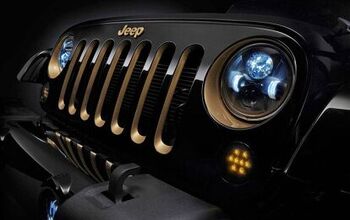
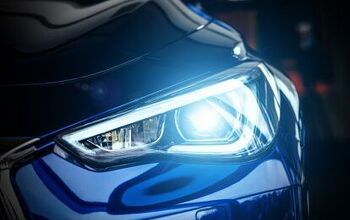
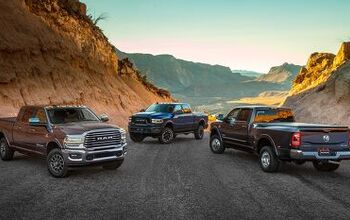



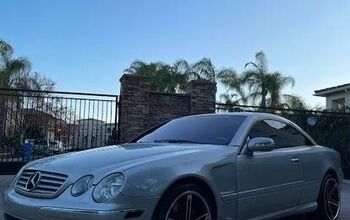
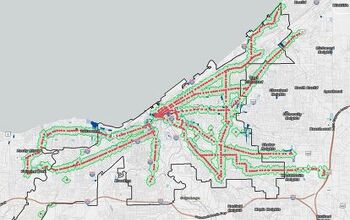
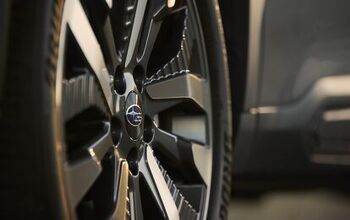
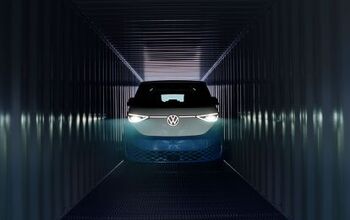
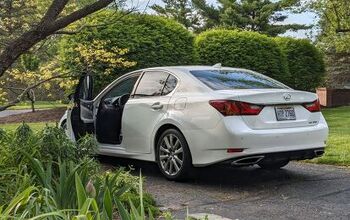
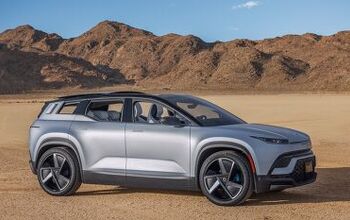
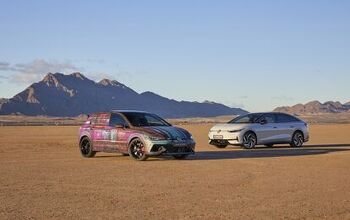
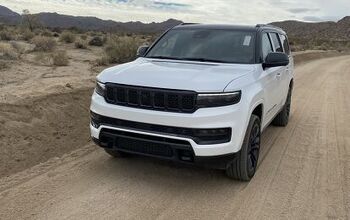
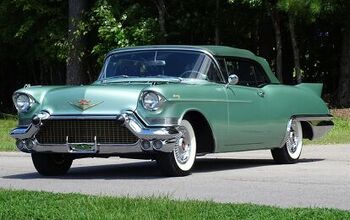
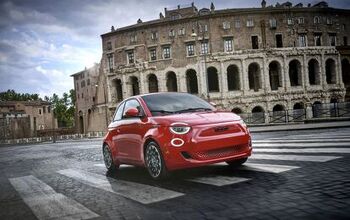
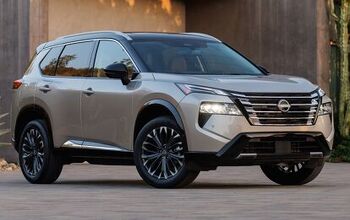
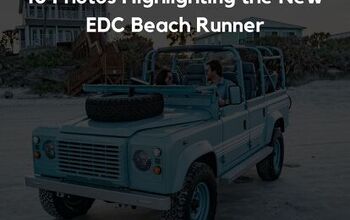
Comments
Join the conversation
Sylvania makes a really great kit that polishes and seals the headlights like new. It's around $30, probably lasts 2-3 years before they look not so new, and takes about 30 minutes, But way cheaper than buying new headlamps. on my car, it would something crazy like $1,500 to replace.
The 3M Kit was the only one I found that actually worked on my old Volvo's headlights. OEM replacements were $800 (without the bulbs)! Cheapest aftermarket lense were still $400. Ummm hell no! Forget any paste - it is not strong enough to remove the oxidized surface layer that clouds the lights. However once I saw what the "kit" was I realized all you really need is various levels of sandpaper ending up at with very fine 3000 grit. I used a small orbital sander (a drill is impossible to control) and wet sanded my lenses. The water keeps the plastic cool and washes away the gunk. What really helps is if you can physically remove the lenses from the vehicle. If that is not an option then you better apply LOTS of masking / painters tape to avoid damaging the surrounding paint. For the last stage I used cutting compound to polish and buff them out. Basically its like doing body work: use rough sandpaper to cut thru the hazed, yellow, UV damaged plastic then work finer and finer to remove all the tiny scratches introduced in the step before. Keep doing this until you get a perfectly clear finish. Protecting them with wax or clear covers will extend their life but the UV rays will dull them again over time as nothing can stop that huge star floating in the sky. On my '02 Dakota I just bought tasteful aftermarket lenses which reused the factory bulbs and other connectors. I get compliments on them because I bought matching rear lenses so it looks kind of OEM. As for the silly blue bulbs: just find lights that under 7,000 K (Kelvin). Natural, pure white, noon daylight is around 5,000 K. Lower Kelvin values are "warm" or yellowish light, while higher values are "cool" or blueish light. This rule also applies for ANY bulb you encounter... even at home or the office. 5,000 K may seem a bit cool (at first) for most home applications but it really works well in the kitchen or bathroom. Personally many people prefer a warmer look in a living room or dining room setting. FYI I am a professional in color management and many "color" problems are actually lighting environment related.